by Ken Gargett
Will future generations be deprived of the inestimable joy of poking around a good bookstore? Sometime late last century, I was investigating the dusty shelves in one of Sydney’s best second-hand bookstores (you can pick up some great wine books doing that) and I came across something rather curious, an “uncorrected proof” of a book by Jacqueline Friedrich called A Wine and Food Guide to the Loire. As such, it was lacking things like maps, an index and photos, and the contents referred to every page as “000,” but in general it looked worth the ten bucks.
Later I found out that it had won the Veuve Clicquot Wine Book of the Year, a Julia Child Award, and the James Beard Award. It proved a fascinating read for a region that, at the time, was largely unfamiliar to me.
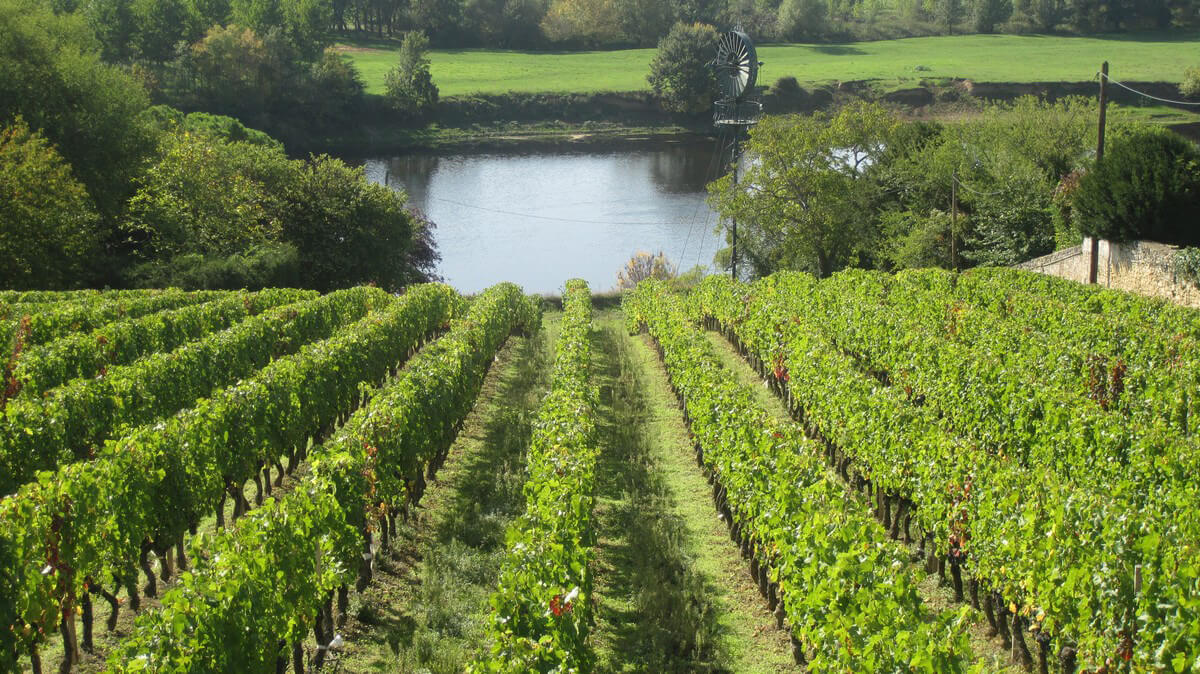
Charles Joguet vineyards in Chinon, France
At this stage, the world of wine, once one moved from native shores, was still ruled by Bordeaux, with interest in Burgundy, Champagne, Port, German Rieslings, and a few others. The Loire was popular but other than a few of its extraordinary Chenins, which could age like a Galapagos tortoise, there was little one would consider absolutely top shelf. Certainly nothing red.
That said, however, a few years earlier, when new to all this and exploring, I had picked up a few bottles of something called Chinon. No idea why – curiosity, I would guess. They were from a maker called Charles Joguet. In all honesty, at the time they could have been made by Martians and I would have been none the wiser, but the little I was able to find out about them suggested that this winemaker was considered one of Chinon’s best.
Red wines from Chinon
The grape of the region is Cabernet Franc, rarely seen as a straight varietal elsewhere.
So naturally, I went straight to the report on this producer in my new “proof,” although that was not so easy without an index and every page marked 000. First, Friedrich raved about the conviviality of the region and could hardly have been more positive about the reds produced here. Perhaps I’d done a wise thing, picking these wines (they were still sitting in the cellar at this stage, though long gone now). I felt even better when I discovered that Charles Joguet was rated as the region’s one and only “outstanding” producer. I’d have given myself the obligatory pat on the back, but I knew that selecting them had been a complete fluke.
Around this time, I also got hold of a copy of one of the greatest wine books ever written, Kermit Lynch’s Adventures on the Wine Route. The number of people who have not a skerrick of interest in wine who have told me how much they loved this book will give you a clue as to how good it is. Read it!
The book details his encounters with the various makers and his adventures in getting these wines to the United States. Lynch was/is a pioneer in bringing wines from Europe to the USA – both great names and new discoveries. I’ve not met him but almost did on a trip to the States years ago when a friend who knew him well had arranged for a few of us to meet for dinner at a local restaurant. She had met him while working for Alice Waters at the famed Chez Panisse. Unfortunately, Lynch was sick on the day and had to pull out (I have no doubt he’ll have no idea who I am or that we were to meet – I doubt my friend had even mentioned my name). Perhaps one day.
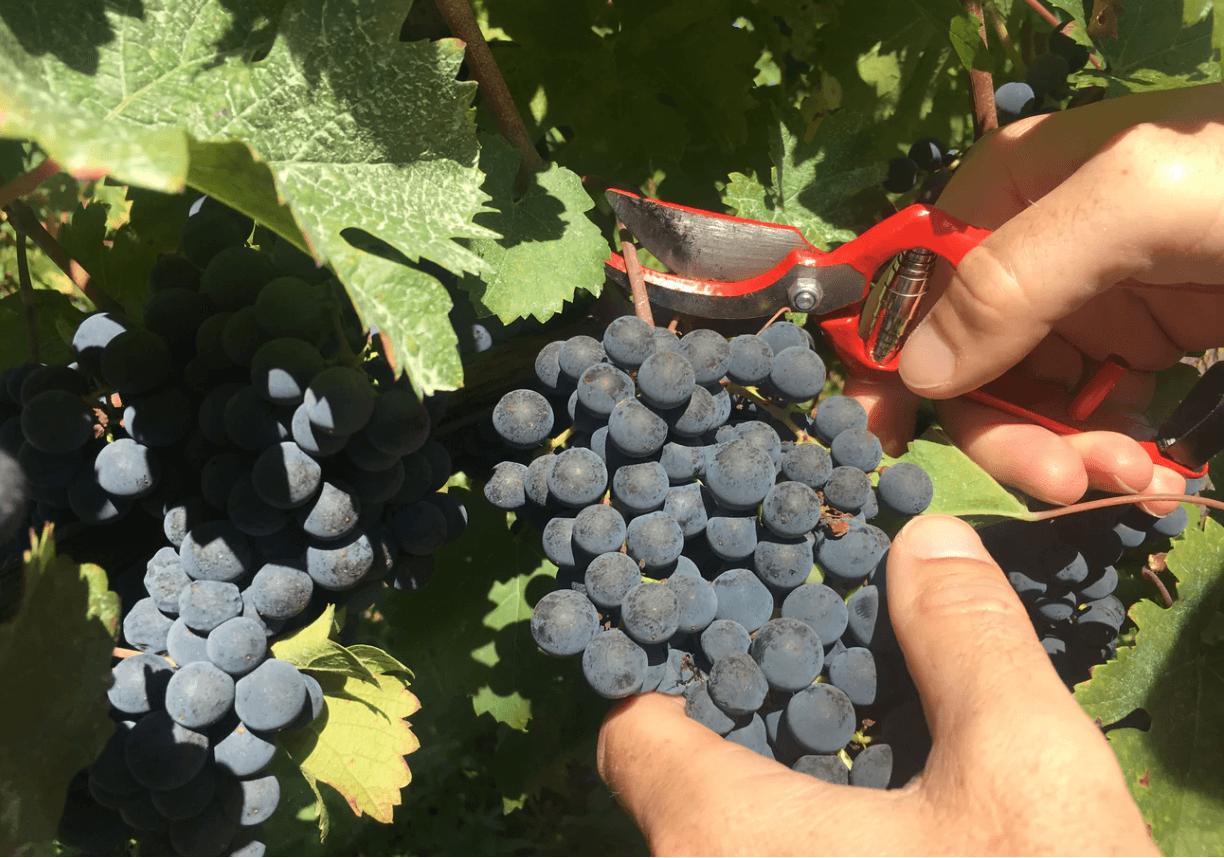
Hand-cutting grapes at Charles Joguet
Lynch also loves the reds from Chinon as well as neighboring Bourgueil. And guess who he represents? Charles Joguet. Jacques Seysses from the famed Burgundian estate, Domaine Dujac, had made the recommendation and Lynch headed to the village late one freezing night, trying to find Joguet’s house. He ended up dealing with a “twisted, gnomish, hunched creature” missing fingers who was one of the workers, before he eventually found Charles Joguet in not much better shape from a recent car accident.
Joguet had never set eyes on an importer at that stage. Lynch says he felt like, “Columbus discovering the New World” (a feeling that he seems to have on other occasions, but as the man behind the international emergence of producers like Henri Jayer, Gérard Chave, and Vieux Télégraphe that is little surprise).
Lynch was then offered a glass of Joguet’s 1976 and described it as the finest ’76 red he tried from any French vineyard. In the family’s cellar, where he claims never to have been colder, they went back over decades – anyone who tells you that these wines don’t age is kidding themselves, with Lynch suggesting that Joguet’s 1959 “would convert even the most leaden palate to the charms of Chinon.”
Lynch finally sold all he imported and has continued importing ever since, but it was hard work. Restaurants selling Bordeaux and Burgundy for more than $100 a bottle at the time baulked at paying $6 for a bottle of Chinon, despite raving about them. Lynch describes Joguet as, “One of those rare vintners whose wines can be gripping aesthetically, spiritually, and intellectually as well as sensuously.”
About Charles Joguet
Charles Joguet had originally departed his village to study painting in Paris, then sculpture by the old masters in Italy. After a spell in New York, he returned to the family estate when his father passed away in 1957. His determination to make the best wine he could meant he was always on the verge of bankruptcy and, yet, when a friend mentioned that a block of land called Le Chêne Vert (“the green oak”) had become available, he could not help himself at the auction – he knew the property, its history, vines, and cellar.
The property had been named, according to Joguet, thanks to an 800-year-old oak that had been chopped down four centenaries previously (there are various stories about the old oak so perhaps all we really know for sure is that at one stage there was an old oak tree in the vineyard).
The vineyard was a complete mess, wild and with vines that needed to be ripped out, though Joguet knew that this was one of two sites on which monks had introduced Cabernet Franc back in the eleventh century. The auction system is based on a burning candle. As it finally goes out, the auction is over, and the current bid has it. In the tough economic times, no winemaker even made a bid. Only a local sheep farmer. Joguet could not have that, so he jumped in at the last moment. He knew it would eventually be the jewel in his crown.
When he returned to his estate after his father’s passing, he became one of the first of the small producers in the region to bottle his own wines rather than sell them in bulk. He was also the first to discretely bottle wines from his young vines and his older ones. The Chêne Vert is matched with another top wine, the Clos de la Dioterie, but there is now quite the range.
While Chinon might be the Loire’s most famous red, it would be fair to say that it is best known as the birthplace of one of France’s most famous writers, François Rabelais. Such was his influence and the outrageous impression he made that the word Rabelaisian has come to mean something that is totally over the top, raunchy, crude, stubborn in matters of truth, relentless against hypocrisy, and against popular opinion.
It seems that the locals have carried on his good work, enjoying themselves with the local wines, as no doubt the man himself did (he wrote about Chinon, “For I have drunk many a glass of fresh wine there”). Apparently, Chinon’s local motto translates to “drink constantly, never die.” Chinon is also where Joan of Arc met with Charles VII in 1429 to convince him to retake the kingdom of France.
While Bourgueil and Saumur-Champigny also use Cab Franc, it is in Chinon where it really excels. Friedrich describes top Cab Franc from the region as being able to age up to several decades, moving to “a musky, visceral stage, evolving toward a finespun fabric of sandalwood, spice, dried fruit, licorice, and faded flowers,” although she did talk of how the wines from the region could and should be better.
She and I do, however, share a dislike for those wines exhibiting too much of the bell pepper/capsicum characters that can bedevil the grape, though warmer vintages and better winemaking has reduced this as an issue. Locally, Cab Franc is often called Breton.
About Chinon
Chinon incorporates 26 communes over 2,300 hectares. It sits adjacent to the Vienne River, a tributary of the Loire. The climate is described as “mild Atlantic.” What makes Chinon different from the rest of the Loire is its focus on red wines (Bourgueil and Saumur-Champigny also follow this path). For red wines, of course, I mean Cabernet Franc; around five percent of the total production of this grape worldwide comes from Chinon.
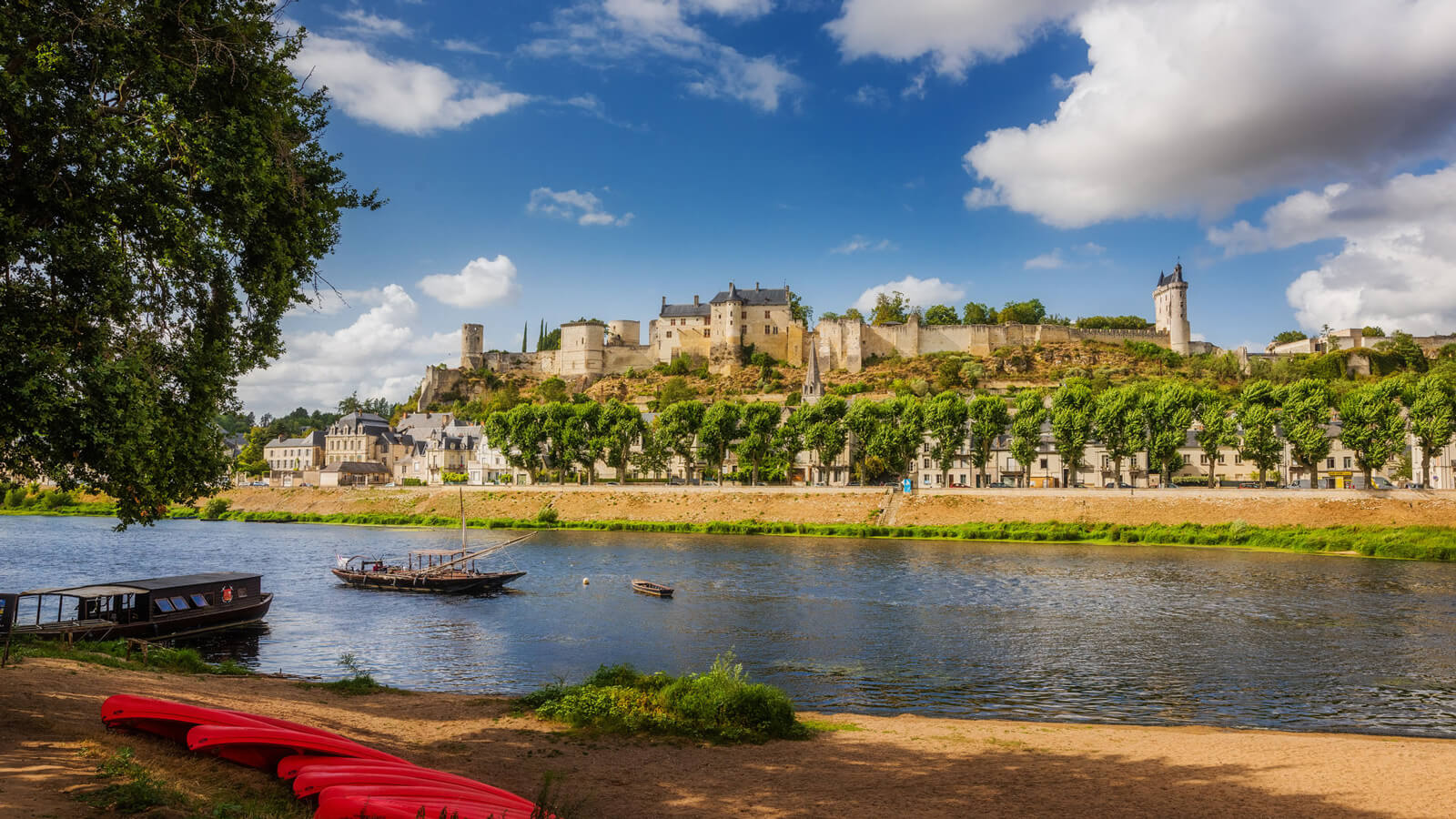
Royal Fortress of Chinon, France (photo courtesy Touraine Loire Valley/Jean-Christophe Coutand Meheut)
Appellation regulations allow for the inclusion of 10 percent Cabernet Sauvignon. The wines are sometimes compared with Beaujolais and at times lighter examples of Bordeaux or even Burgundy, which seems more of a stretch, but they do – and should – stand on their own.
The grape plays a supporting role in Bordeaux, although there are the inevitable anomalies such as the highly esteemed Cheval Blanc, which is Franc dominant. It is used elsewhere around the globe, again almost always as a minor component, with a few examples where it is a straight varietal.
It ripens earlier than Cabernet Sauvignon and is considered to be resistant to rot. It is worth noting that this would be a region where climate change is not considered the massive problem that it is in so many parts of her world with the warmer vintages more regularly giving them quality grapes and avoiding under ripe characters.
Picking has been brought forward by about ten days on average since 2002, which also means that some producers can leave the grapes on the vine for longer if seeking the benefits that imbues.
Joguet’s estate has long been a leader in the region. He implemented plot-based vinification (inspired by Burgundy), which allowed for the exploration of different terroirs and brought in the first stainless steel vats with pigeage. Hand-harvesting was limited to open 20-kilogram boxes, “To avoid crushing the grapes and to allow the harvest to dry in case of rain.”
After almost 30 years at the helm, Joguet looked to a succession plan and in 1985 was joined by the Genet family. Finally, in 1997 Joguet retired to devote himself to painting.
The new Charles Joguet generation
The estate has now moved to organic viticulture and limited yields (more than 45 percent of all vineyards in the Chinon region are certified organic and others are moving to biodynamics). In 2006, Kevin Fontaine joined to supervise the vineyards and winemaking.
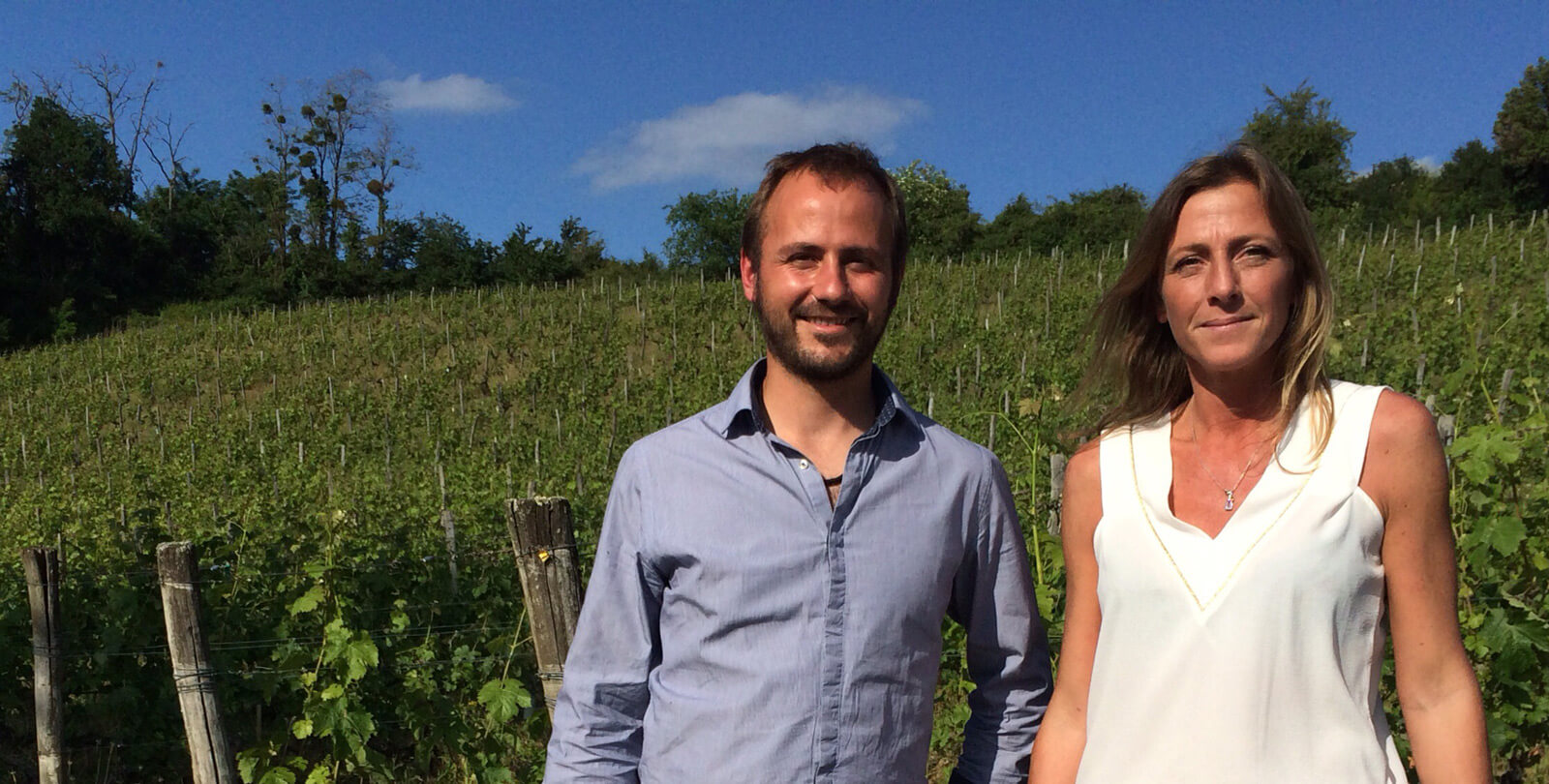
Charles Joguet’s Anne-Charlotte Genet and winemaker Kevin Fontaine
The Genet family has expanded the vineyards, most notably with the Les Charmes vineyard in 2006. It has also incorporated whites into the range. Chenin Blanc occupies only three percent of the vineyards in the region but interest is increasing – so now we have Chinon Blanc made from Chenin Blanc.
Charles Joguet’s is the more familiar drier style, but the vineyard also makes a botrytized example, although in minute quantities. And a rosé. All up, there are eight different Cab Francs, each reflecting its own terroir: the rosé and three whites from Chenin Blanc. The Cabernet Franc vineyards total 36 hectares. The vines from Clos de la Dioterie are approaching their centenary.
Winemaking for the reds, though there are minor variations on the theme for each of the wines, involves a cold pre-fermentation maceration at around 10°C for ten days before a month for fermentation where the juice sits below 21°C. Pumpovers and cap-punching follow. Both pressings and free-run juice are blended.
Depending on the wine, it then goes to either vats (Silènes and Les Petites Roches) or barrels (La Cure, Les Charmes, Les Varennes du Grand Clos, Clos Monplaisir, Clos du Chêne Vert, Clos de la Dioterie). The wines will then spend varying periods of time in old French barrels and tanks for maturation. There are some who believe that the wines suffered a dip in quality during the 1990s, but they have returned to the top of their game in recent years.
Charles Joguet wine tasting
Finally, a look at some of the Charles Joguet wines. These are not the only excellent wines from the Chinon region today and any exploration of what is on offer will undoubtedly be rewarding. It is also worth noting that in these days of sphincter-twisting wine prices, these wines are still extremely reasonable.
And the last word, as Rabelais said, “Never did a great man hate good wine.”
The reds are from the 2018 vintage, a brilliant year in the region, even described as “legendary” across the Loire Valley. Cabernet Franc was considered to have excellent concentration. Two thousand eighteen is an ideal vintage for cellaring the top wines.

Charles Joguet Les Charmes Blanc 2018
Les Charmes Blanc 2018 (AUD$80) – A rich yellow in color, this was deep and complex with stone fruit and nuts, very much a textural wine, supple and seductive. There are notes of beeswax, quince, and a hint of mandarin. It is almost buttery in character. Absolutely loved it. It will certainly age well, another four to six years at least. If drinking now, I’d suggest decanting before serving. 92.
Rosé 2020 (AUD$35) – A lovely soft pale onion skin color with a hint of pink sunset. This is fresh and bright with spice notes and hints of red cherries. Clean, fresh, and balanced, a wine of mid length with a tight finish. No real point in cellaring this. Chill and enjoy over summer. 90.

Charles Joguet Les Petites Roches 2018
Les Petites Roches 2018 (AUD$45) – Deep magenta in color. The soils are a mix of 35-year-old clay and chalk. There is a lovely, rather plush nose. A ripeness and a richness that is above what one might expect from the region and the variety – perhaps this is down to the vintage? A mid-weight style with decent length. Notes of dry herbs, florals, tobacco leaves, and a mix of red and darker fruits. A fine line of acidity carries the wine the length of the journey. 91.

Charles Joguet Les Charmes 2018
Les Charmes 2018 (AUD$80) – From the vineyard – clay soils over limestone – purchased in 2006 from a retiring winemaker, we have spices, herbs, and a hint of milk chocolate with notes of plums and cloves emerging later on the palate. Decent length and the intensity is maintained throughout. Supple palate, through to fine, ever-so-gentle tannins. Now for five to eight years. 92.

Charles Joguet Les Varennes du Grand Clos 2018
Les Varennes du Grand Clos 2018 (AUD$120) – From vines planted between 1962 and 1976 in a vineyard that is at the base of a gravelly slope (left bank of the Vienne River), partly formed by the erosion of limestone, mixed with clay. Aged in new to four-year-old French barrels for 16 months and then transferred to vats for a further six months.
This is purple/maroon. Some complexity here. Herbs, bay leaves, bergamot, cloves, gentle charcuterie notes, dark berries. This is seamless and supple with good intensity throughout. Impressive length. The acidity runs the length, adding to the verve and poise. A real juiciness on the palate. Silky tannins here. This is a cracker. Expect it to age and improve over the next 10 to 15 years. 94.
For more information, please visit www.charlesjoguet.com.
You may also enjoy:
Domaine Mongeard-Mugneret: One Of The Very Top Burgundy Wine Producers
Glorious Burgundy Is Experiencing An Unprecedented Golden Age Of Fantastic Wine Vintages
Château Pontet-Canet Bordeaux: A ‘Super Second’ Wine Story
The World’s Best Wine? No Contest: Romanée-Conti By Domaine De La Romanée-Conti
Leave a Reply
Want to join the discussion?Feel free to contribute!





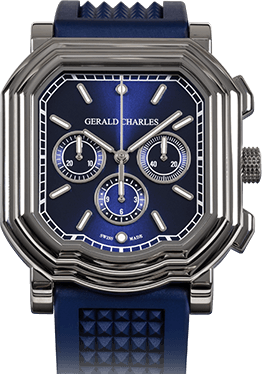
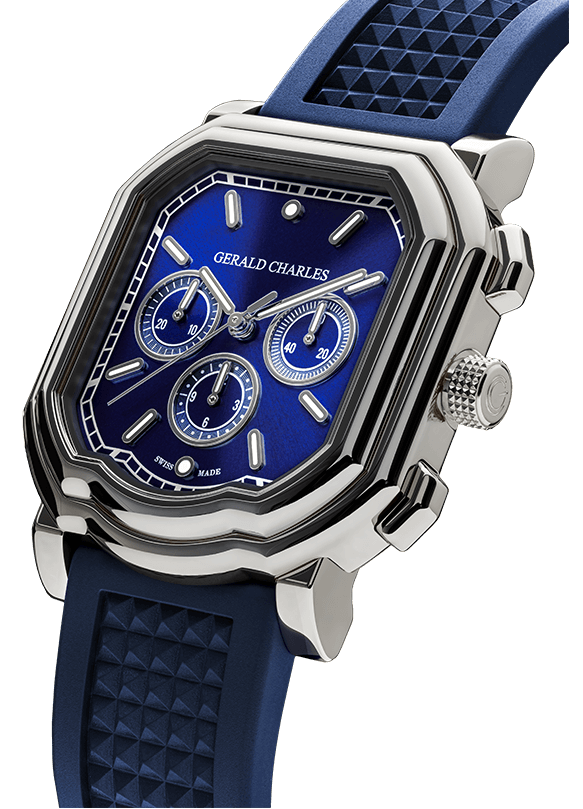

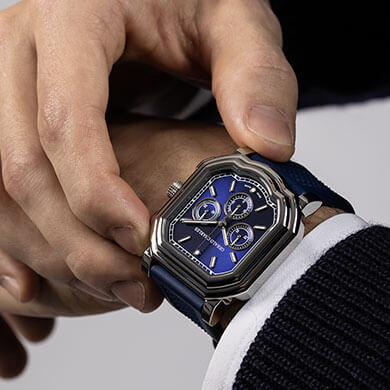
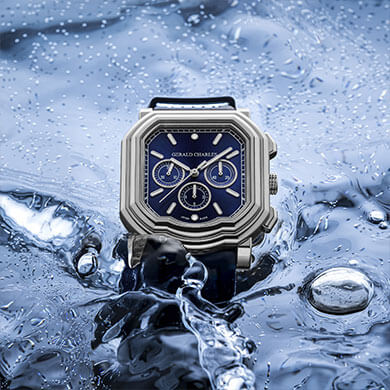

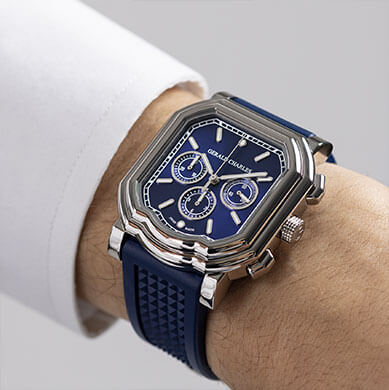




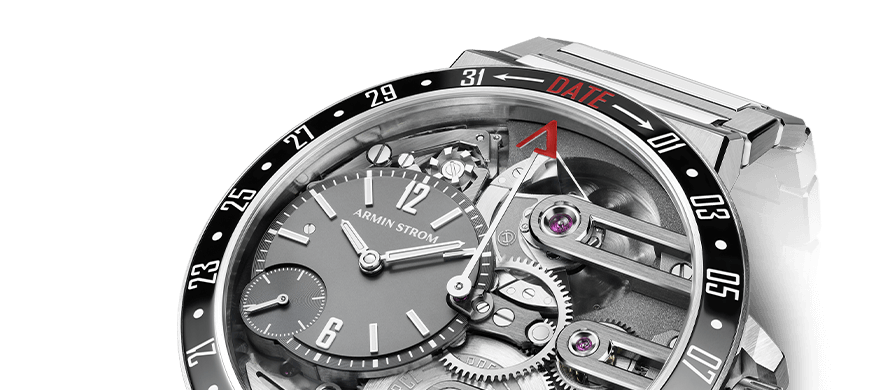
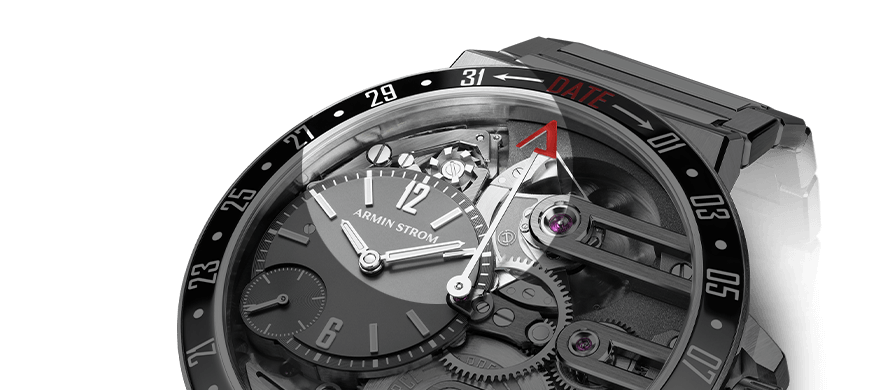


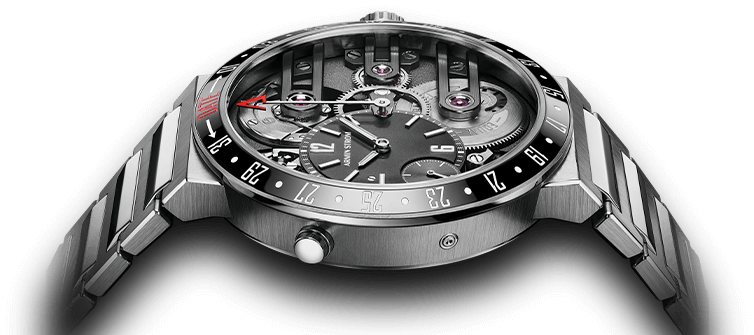
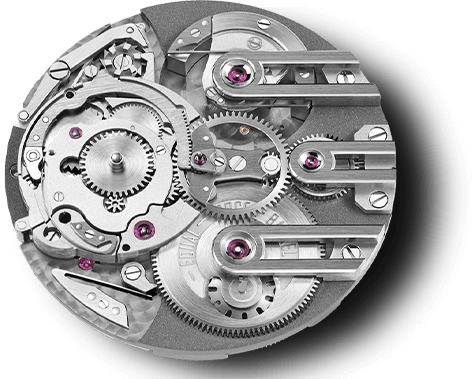


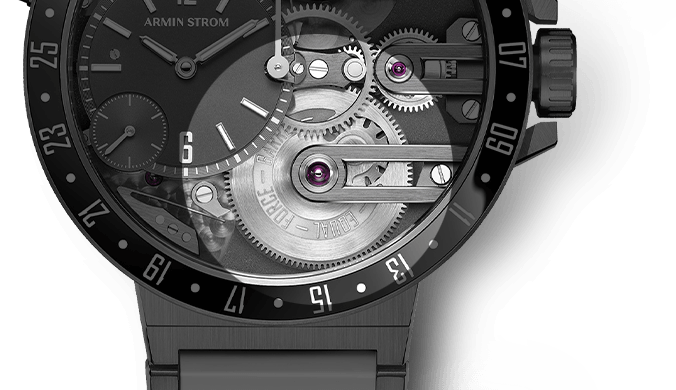


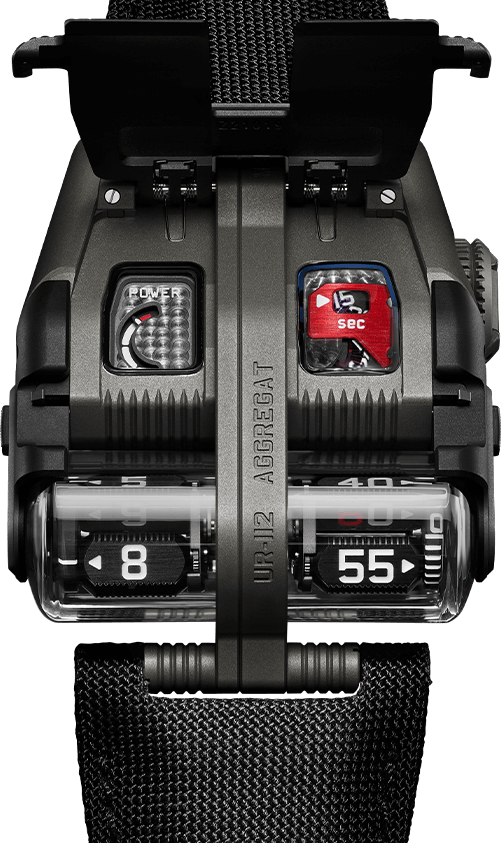

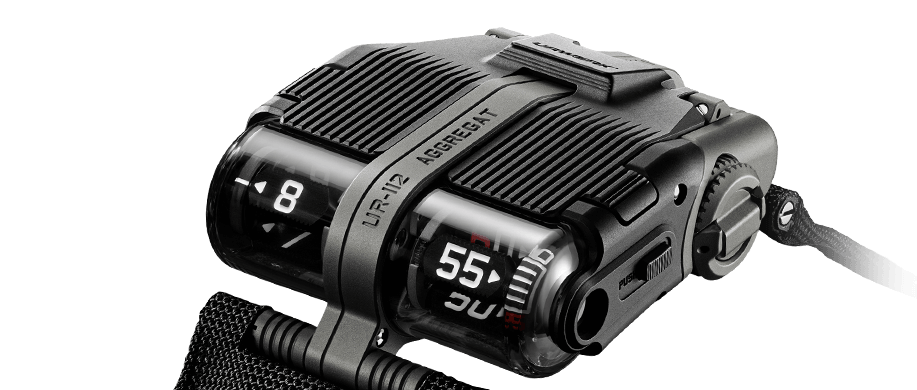
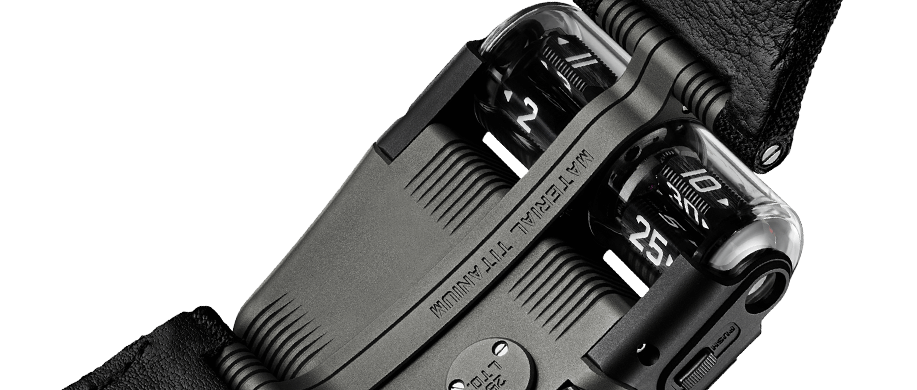
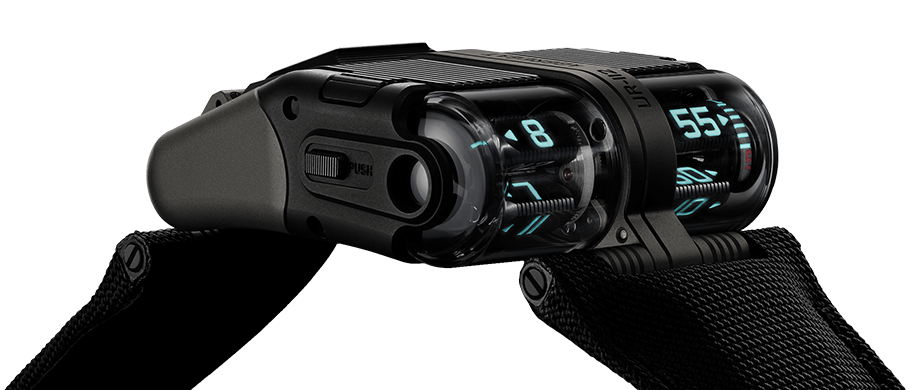

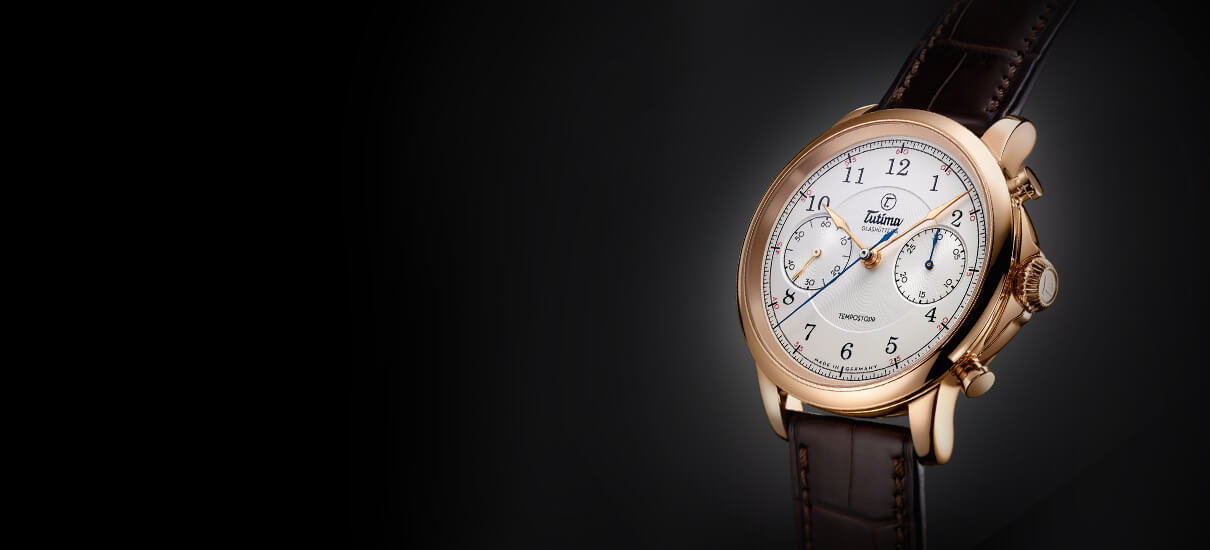

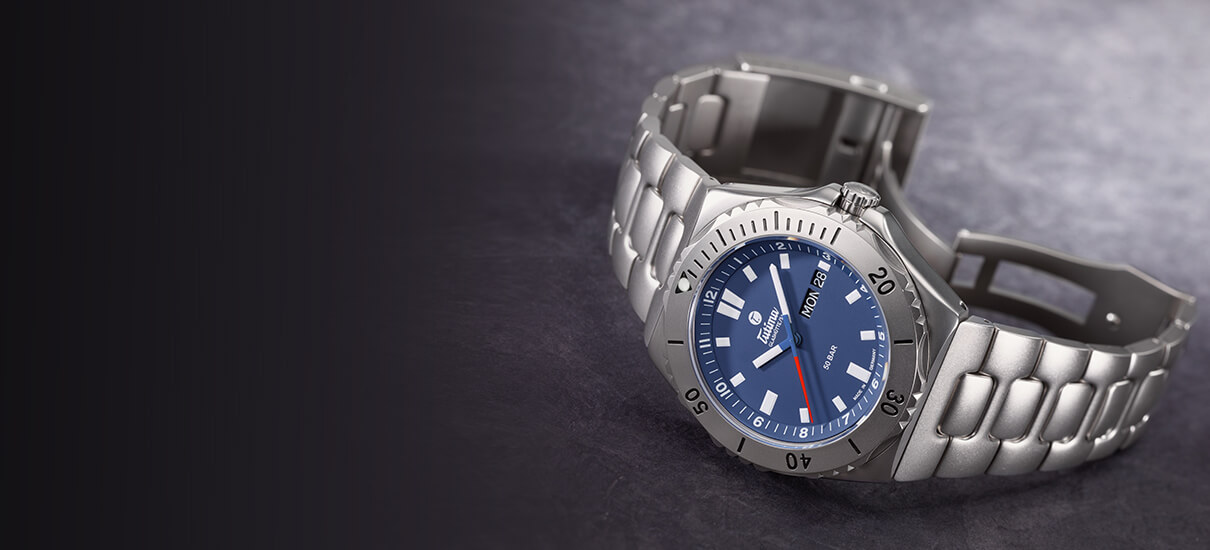
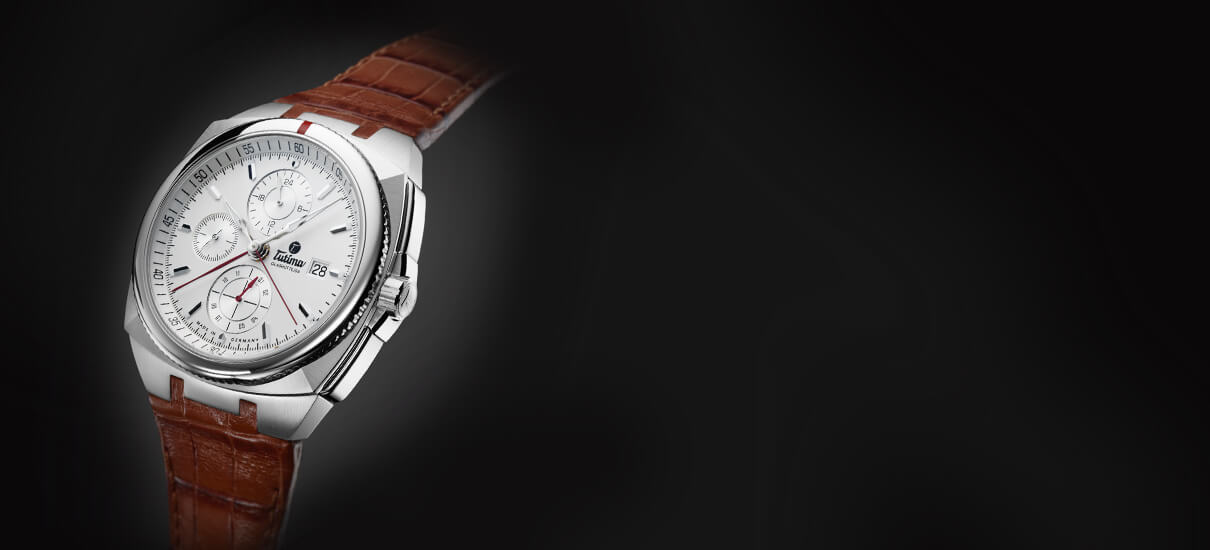

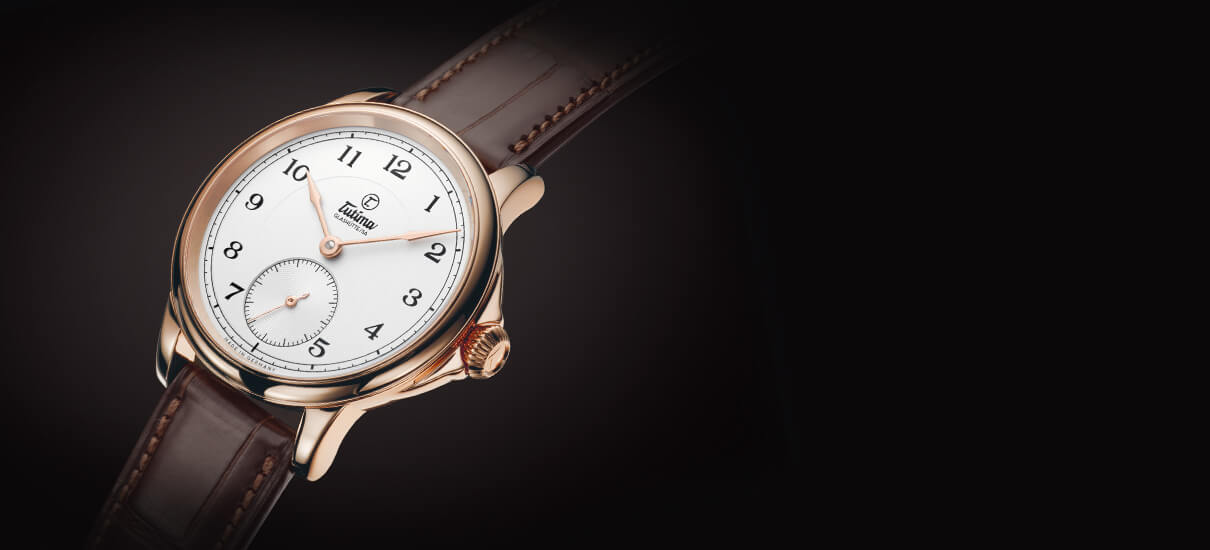

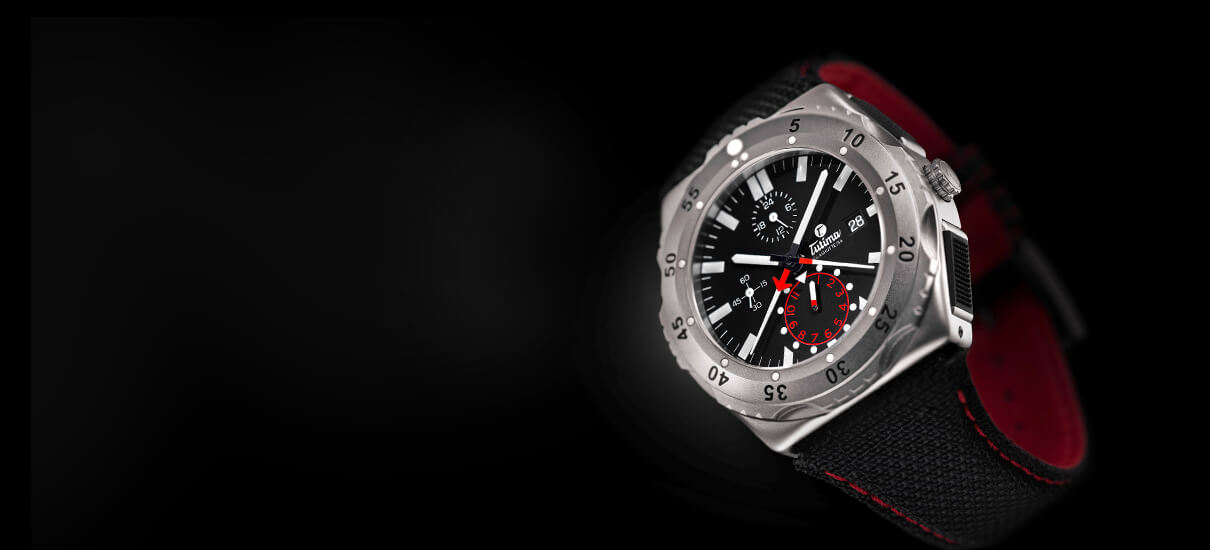

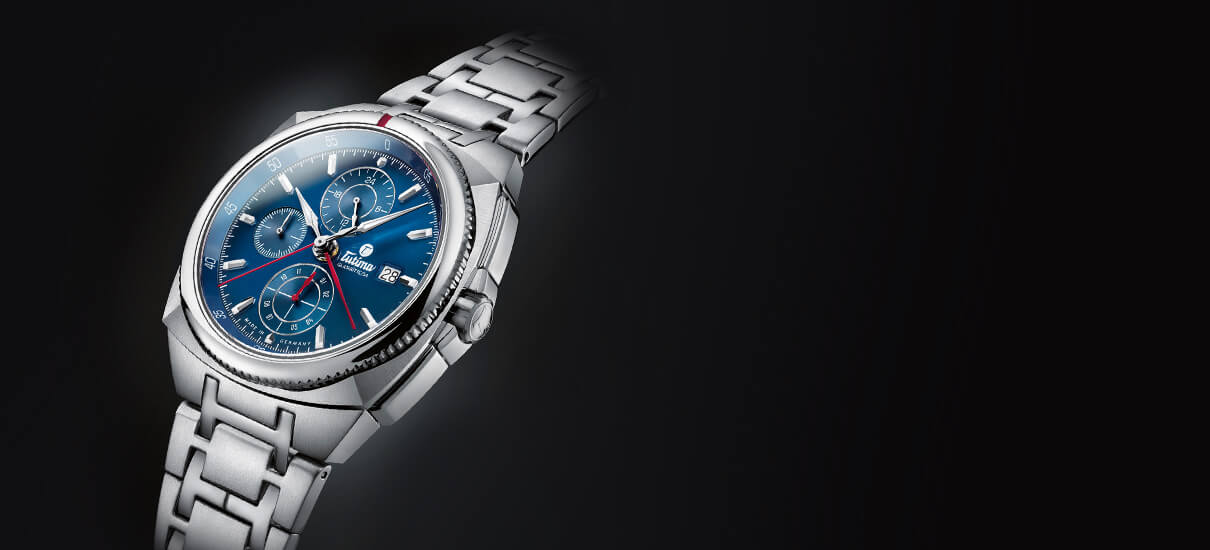

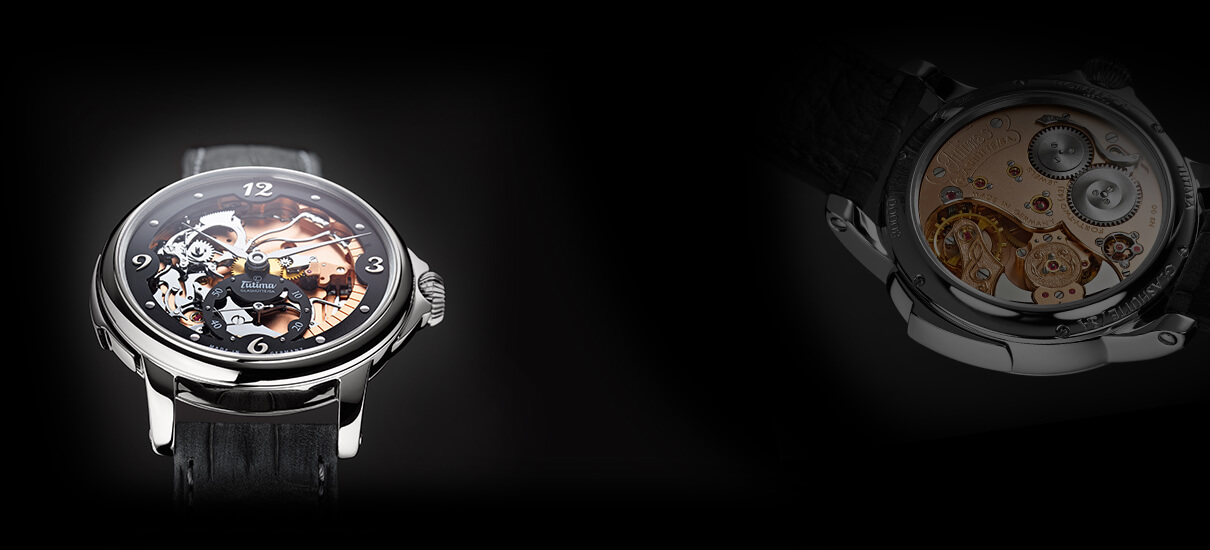



I am once again distressed by such an essay. Have you never heard of Clos Rougeard, Cjateau Yvonne, of Domaine Guiberteau? Things have really changed since Lynch wrote his wonderful book. I like Joguet’s wine very much but there is so much more going on in Saumur….
Whilst I naturally deeply regret having caused you distress for any reason (bit puzzled about the ‘again’ as, if we have crossed paths at any stage prior to this, I must confess I do not recall it), the article is simply a look at one of the Chinon region’s top producers. It makes no claim to be any more comprehensive than that and even acknowledges that there are plenty of other excellent wines from Chinon.
But this is where I become a little confused. You refer to the Saumur region and all three producers you mention are from Saumur. Not suggesting that they are anything other than very fine producers and indeed worthy of their own pieces. But my piece is about a producer from Chinon. Seriously, if I wrote a piece on a producer in say Musigny, would you then criticise me for not mentioning other producers from say Chambertin? It would not make any sense, at least not to me. If in some way I have misconstrued your comments, please let me know.